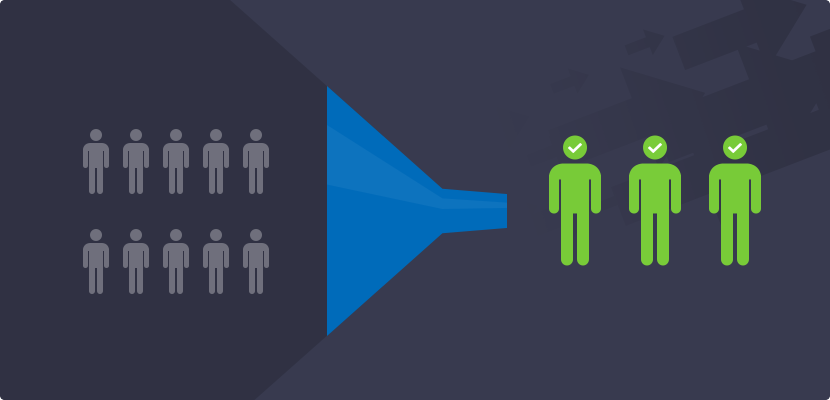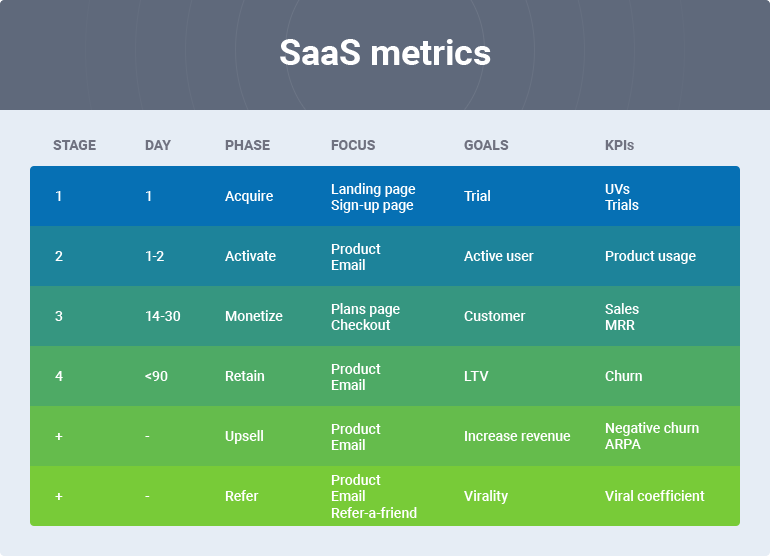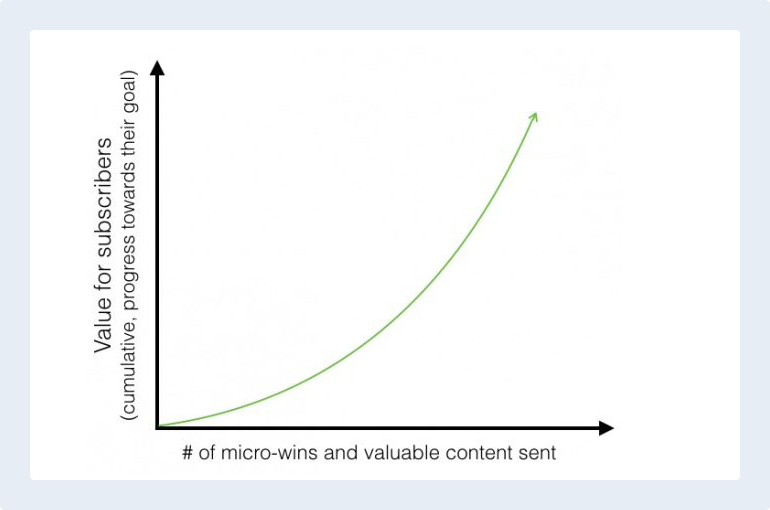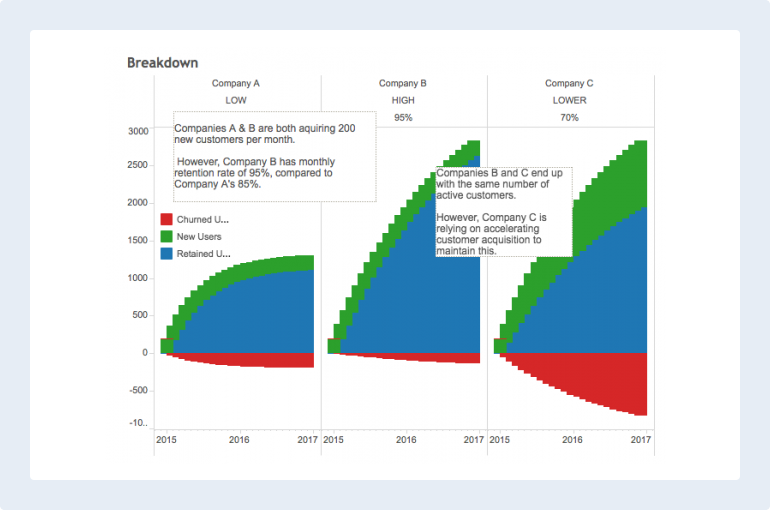Growth is the cornerstone of the goals of any business. It is an unsaid rule of all businesses to expand and increase their revenue over time.
All successful business models are structured to grow and hence provide more profits to the business owners. In the age of online businesses, revenue and growth come from increased conversions.
“Conversion” is a term which is used to signify people on your website who actually become buyer/users. They “convert” from site browsers to customers. Typically, the number of conversions is directly associated with the revenue you generate as an online business, hence most businesses take them quite seriously.

So, What Is Conversion Rate and Conversion Rate Optimization?
Suppose your website has 100 visitors on an average per day. And out of these, about 10 people buy your product daily. So your conversion rate, which is the ratio of people becoming your customers to the total number of visitors on your website, is about 10%.
Now, say you need about 20 conversions a day to meet your revenue goals. One approach to doing this is doubling the traffic to your website to 200 people daily, at a 10% conversion rate. This would involve additional marketing, acquisition and traffic driving costs.
Another approach to doing this would be Conversion Rate Optimization. CRO means understanding what users want when they visit your website, studying how they engage with it and your products, and systematically converting more users (site visitors) into action takers (leads, buyers).
So in this case, let’s say you analyze your website funnel and user behavior at various steps. You find the points which are causing drop-offs, and optimize these touchpoints, to increase your conversion rate to 20%. Hence, at no additional cost, you doubled your conversion rate.
CRO origins and CRO in SaaS businesses
Conversion Rate Optimization has its roots in e-commerce. It began initially as a practice of careful analysis of carts and products on sale, and how users interact with them. In e-commerce, the main “conversion” step is a user buying any product. From here, various optimization techniques like abandoned cart emails, limited time offers, cart timers etc came into practice.
However, online businesses, especially SaaS businesses, have now started moving to being more customer-centric rather than product-centric. As they grow, every business aims to make their customer experience as smooth as possible to increase conversions.
In this context, conversion rate optimization is a crucial tactic for SaaS businesses. The SaaS business model is built on long-term relationships and interactions with users, in fact that is where the profits are derived from.
Therefore, the conversion rate optimization process in SaaS spans across all the parts of the customer journey, right from the time they first visit the website, to when they become promoters after upsells and expansions.
The conversion metrics in SaaS businesses are also different. For example, if you have a new visitor, you conversion for that stage could be visitor to trial, or visitor to sale, or visitor to active user. Similarly, it could be active user to premium user at another stage. In one process, it might just be getting the user to sign up for a new feature.

Due to each department interacting with the customer independently and playing its own role in customer success, Conversion Rate Optimization in SaaS also tends to be more decentralized. The individual CX of each part of the customer journey results in optimization being necessary for the all the departments as individual units.
CRO in SaaS For Parts of Your Website:
At the surface level, you need to optimize your website as this is the first level of interaction with your user. It needs to be in support of the metrics you aim to optimize. The basic ideas for conversion rate optimization on your pages:
1. Home Page:
Your home page is usually the first page the users will land on. It is best to assume that the user knows nothing about what your product is about when they land on this page. With that in mind, you should keep the following best practices for the user experience:
- Focus on delivering your value proposition to the user as smoothly and as soon as possible. You design and messaging should be such that the user should clearly see the value you provide to them.
- Focused Content: All your content should be focused on helping the user. Configure and tweak it with the user and the problems that they face. Another good practice is to keep it apt and to the point, without beating around the bush. The attention span of the modern internet user is down to seconds, and it’s best to utilize the few you have in the best way you can.
- Smooth UX: This is a crucial one. Keep the design clean, optimized and intuitive. You will turn users off if your website is too hard to navigate through. Plus, it is mandatory optimize your pages for mobile responsive websites for a good CX.
- Desirable CTAs: Write and design encouraging, relevant CTAs which will attract more clicks.
2. Pricing Page
Your prices will usually depend on the type of pricing strategy you use (free trial, freemium etc – we will talk about this further in this article). Your pricing page needs to be presenting this in the right way as many users will be taking their decision here. Some key points:
- Try Price Presentation Experiments like the Decoy Effect, Anchoring and Contrast Principle, Context Set Pricing, Using 9 as the ending digit
- Experiment with the order of pricing plans – lowest first/highest first etc
- Offer special discounts/ highlight/ recommend the plans you wish to sell the most.
3. Sign up Flows:
Once the user has signed up – what is the sequence of experience or the “flow” you take them through before your product starts providing value? Some popular examples:
- Immediate App Access After Sign Up
- Series of Actions (set up) after sign up
- Basic Functionalities Accessed Without Sign up
There are various popular SaaS sign up flows and it is best to test out and see which one works best for your SaaS to achieve CRO.
CRO in SaaS: Areas to Focus On
So you have optimized your website to best cater to your conversion metrics (important note: don’t count on it working on the first try. Consistent testing and improvement is the key). Now it’s time to take Conversion Rate Optimization for your SaaS to the deeper level, on the customer experience you offer to your users. Some key areas to implement CRO in you SaaS are:
1. Marketing
Make your marketing focused extremely focused and your segmentation efficient. Analyse their behaviours, find out where your prospects hang out online and bring them to your products. More traffic consisting of your ideal customer persona = more conversions. If you are bringing in the wrong people to your website, no matter how optimized everything else is, you won’t get conversions.
2. Lead Nurturing
Establishing a relationship with your leads and connecting with them in e-commerce usually begins after they have made a purchase/ have cart entries. In SaaS, it starts the moment a lead comes in. Many times, this “lead nurturing” will lead to inactive, cold leads to become warm over time and convert eventually. Some best practices:
- Share helpful tools and content with leads, regardless of them being paying customers
- Tell stories your audience can connect to while providing value
- Engage, Build trust and relationships with leads.

3. Pricing Strategy
There are a plethora of pricing strategies that SaaS companies use and choose from. Based on the functionalities you offer, the problems you solve and benefits that you offer to paying customers, you should choose the best one that works for you. Here are some of the most popular ones.
- Free Trial: Access all features for a limited time, pay to use after the trial period.
- Freemium: Access limited functionalities for free as long as you want, pay to use more advanced functionalities.
- Pay As You Use: Used when the product has a single (or a few functionalities). Pay for the scale (eg. Number of leads, number of pages).
- Custom Plans: Custom pricing based on the needs of users.
4. Onboarding and UX
Onboarding is a big factor in conversion rate optimization across the board. Once the user has signed in to your service, their expectations about the value you provide will kick in. Your onboarding experience and the interactions that the user has here, plus how quickly you begin providing value will influence all their decisions in the future.
The user experience here, as well as across all the other departments of your organization is another crucial factor in conversions and customer success. When your experience exceeds expectations, users tend to pay more easily in the future.
5. Retention
In the SaaS business model, your long-term customers are those which provide most profits. In fact, factoring in the acquisition and marketing costs, you need certain subscription cycles to break even on your revenue. Hence in SaaS conversion rate optimization, retention is king.
You can look at it this way, at the beginning of each new subscription cycle, every user you retain is a successful conversion, as they’ll bring in revenue again. On the other hand, each user that churns is a loss in your conversion number. Due to this reason, beating churn is one of the biggest factors for SaaS profitability and success over time. Take look at this graph outlining importance of customer retention.

At Custify, we’ve developed the best Customer Success tool for beating churn. It monitors user behaviour across your website and products, analysing and reporting on KPIs all integrated into one dashboard. This keeps your team informed about user’s actions and intent, so they can intervene at the right time and prevent the user from churning. Get in touch with us for a demo today.
In Conclusion
Conversion Rate Optimization for SaaS can be a tricky process as there are so many different types of conversions and ways the user is interacting with your product. Due to decentralised teams, it can be difficult to control the entire CRO process as a single unit.
At a granular level, every SaaS is different and what will work best for optimizing conversions for your product is best achieved through a process of trial, analysis and optimization over time.




